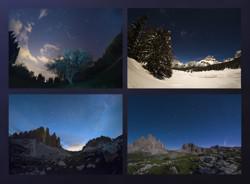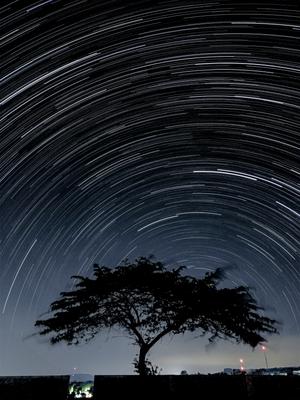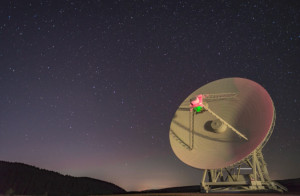Glossary term: La rotation de la Terre
Description: La Terre a deux mouvements simultanés : une rotation quotidienne autour de son axe et une révolution annuelle (orbite) autour du Soleil. La rotation de la Terre autour de son axe entraîne les phénomènes du jour et de la nuit, car la position d'un lieu particulier par rapport au Soleil change de manière progressive et régulière au cours d'un cycle de 24 heures, lorsque la Terre tourne d'ouest en est.
Related Terms:
See this term in other languages
Term and definition status: The original definition of this term in English have been approved by a research astronomer and a teacher The translation of this term and its definition is still awaiting approval
The OAE Multilingual Glossary is a project of the IAU Office of Astronomy for Education (OAE) in collaboration with the IAU Office of Astronomy Outreach (OAO). The terms and definitions were chosen, written and reviewed by a collective effort from the OAE, the OAE Centers and Nodes, the OAE National Astronomy Education Coordinators (NAECs) and other volunteers. You can find a full list of credits here. All glossary terms and their definitions are released under a Creative Commons CC BY-4.0 license and should be credited to "IAU OAE".
If you notice a factual or translation error in this glossary term or definition then please get in touch.
Related Media
La Grande Ourse aux quatre saisons
Credit: Giorgia Hofer/IAU OAE
License: CC-BY-4.0 Creative Commons Attribution 4.0 International (CC BY 4.0) icons
Trajectoire apparente des étoiles dans l'hémisphère sud avec pollution lumineuse à un niveau 4 sur l'échelle de Bortle
Credit: Slamat Riyadi/UAI OAE (CC BY 4.0)
License: CC-BY-4.0 Creative Commons Attribution 4.0 International (CC BY 4.0) icons
Southern Sky Over La Silla
Credit: José Rodrigues/IAU OAE (CC BY 4.0)
License: CC-BY-4.0 Creative Commons Attribution 4.0 International (CC BY 4.0) icons
Beautiful Night in the Atacama Desert
Credit: Uwe Reichert/IAU OAE (CC BY 4.0)
License: CC-BY-4.0 Creative Commons Attribution 4.0 International (CC BY 4.0) icons
The Big Dipper with the Sardinia Radio Telescope SRT
Credit: Antonio Finazzi/IAU OAE (CC BY 4.0)
License: CC-BY-4.0 Creative Commons Attribution 4.0 International (CC BY 4.0) icons













